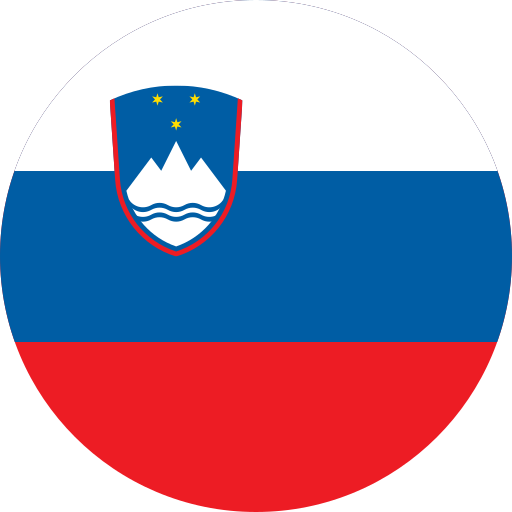Wines from Slovenia
Lorem Ipsum Dolor Sit Amet, Consetetur Sadipscing Elitr, Sed Diam Nonumy Eirmod Tempor Invidunt ut Labore et Dolore Magna Aliquyam Erat, Sed Diam Voluptua.

0.75 (€49.87/)
No longer available

0.75 (€79.33/)
Available in 7 days, delivery time 1-3 days

0.75 (€12.27/)

0.75 (€12.27/)

0.75 (€15.47/)
Climate & terroir
Slovenia benefits from the varied geography of the Adriatic Sea in the west reaches all the way to the Alps. The climatic conditions are ideal for viticulture, with mild winters and warm summers, resulting in the high quality of contributes grapes.


